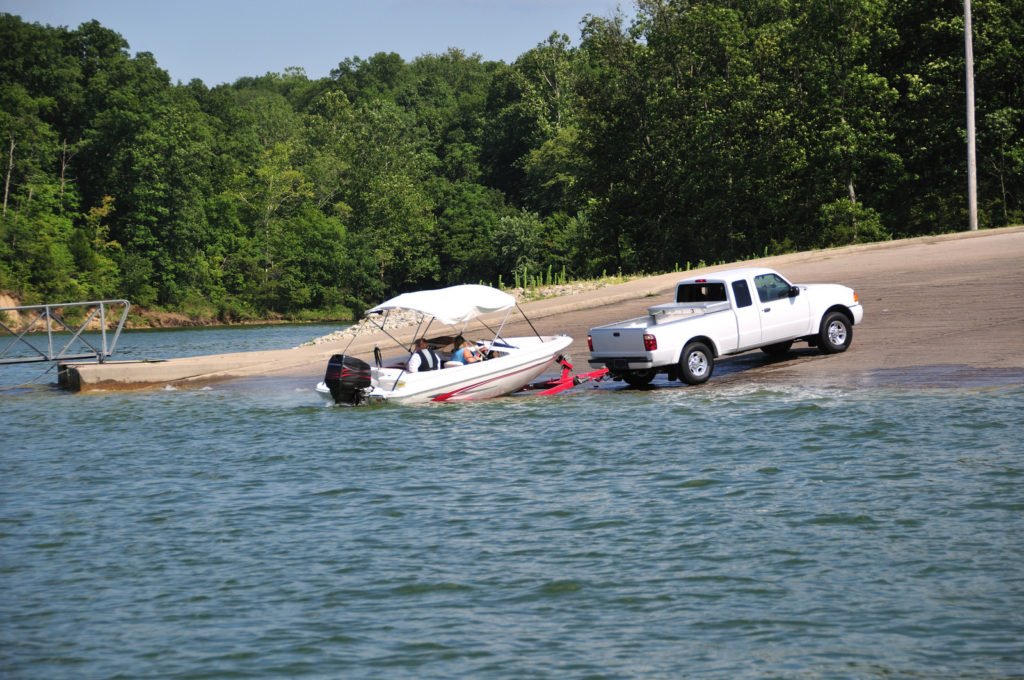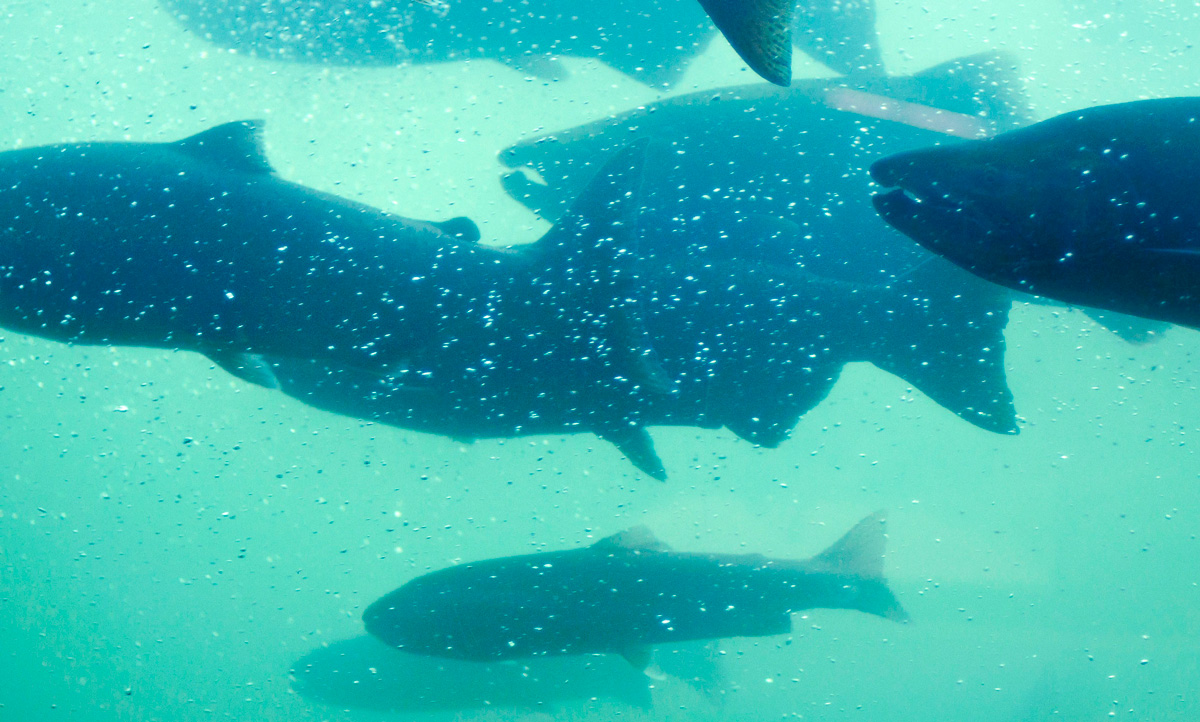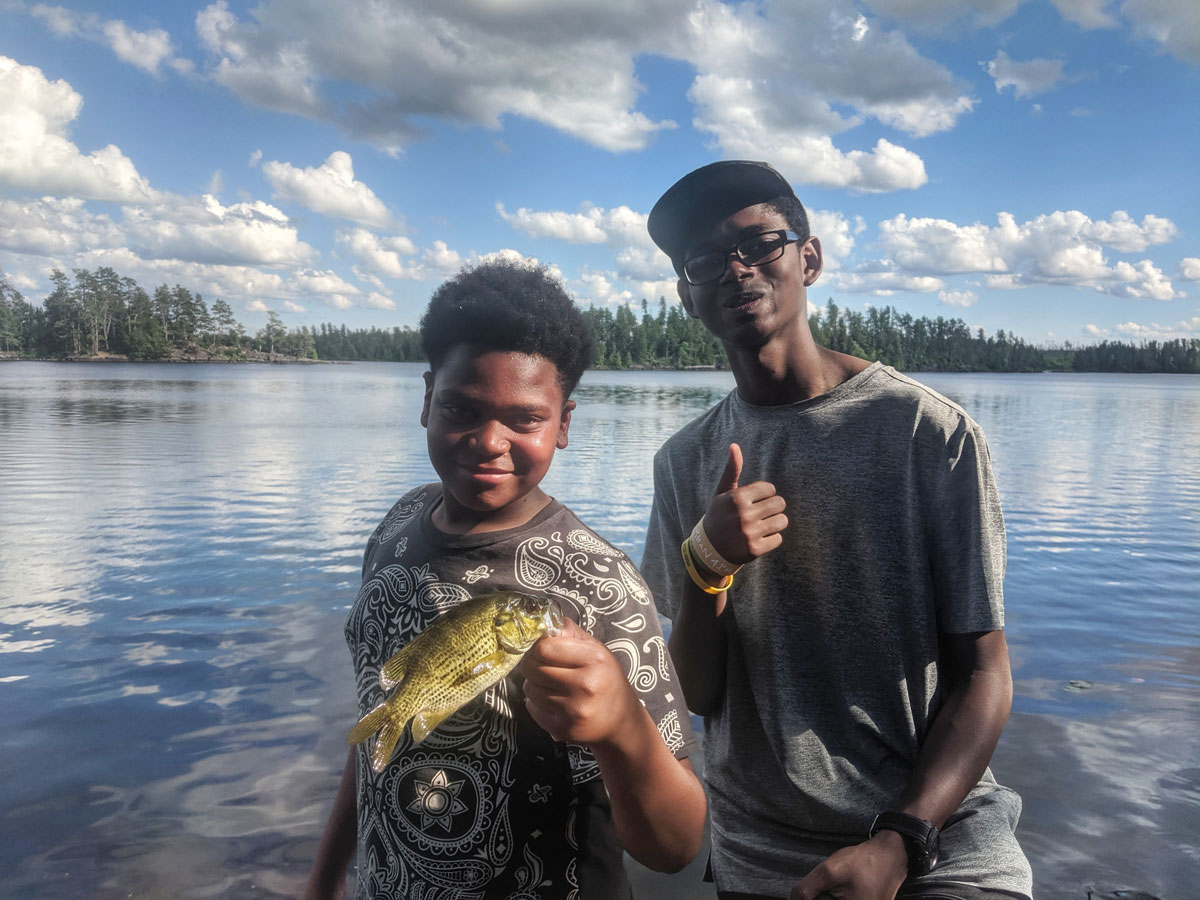Help us push back and demand transparency—not to mention results for wild deer—from decision-makers at the U.S. Department of Agriculture
Here’s an important topic to bring up at deer camp this year: Hunters were handed a win when Congress recently set aside funding to address the rampant spread of chronic wasting disease—that other epidemic that sportsmen and women know well by now. But the agency tasked with distributing the funds to state agencies has already carved out nearly a third of the total pot for the captive deer industry.
The TRCP is pushing back on this questionable use of funds and other moves that will undermine results for our wild deer. And we need your help.
Millions Misspent?
For years, sportsmen and women have called on lawmakers to take meaningful federal action to control CWD among our wild deer, elk, and moose populations. In 2020, Congress responded by appropriating $5 million to the U.S. Department of Agriculture to send directly to state wildlife and agricultural departments tasked with responding to the disease.
Instead, the Animal and Plant Health Inspection Service is funneling $1.5 million of that funding to individual captive deer operations that have had to eliminate CWD-positive animals. These indemnification payments aid businesses that have unfortunately already been part of the CWD problem and don’t address the continued strain placed on state agencies scrambling to manage the spread of the disease.
APHIS has made it clear that they place a higher value on the $4-billion captive deer industry than on hunters who generate $40 billion each year and contribute to conservation.
In a recent stakeholder meeting to determine how CWD funds would be spent, the captive side outnumbered sportsmen’s groups two to one. (We know this because TRCP was invited to contribute, along with the Boone & Crockett Club, Congressional Sportsmen’s Foundation, National Deer Alliance, and the Wildlife Management Institute.) As a result, the conversations and resulting recommendations repeatedly skewed away from our priorities.
It gets worse: The service’s voluntary Herd Certification Program, which certifies that these businesses adhere to best practices for preventing disease transmission, does not effectively guarantee that a herd is CWD-free. Despite this, APHIS continues to allow the movement of captive herds across state lines, facilitating further spread of the disease.
What You Can Do
As sportsmen and women, we refuse to be undervalued or ignored. But based on what we’ve seen in this decision-making process, we need to be twice as loud to get the attention of APHIS, or else congressional funding for CWD will make no measurable impact for our wild deer herds.
For APHIS to do right by hunters and wild deer, we need to see the agency do the following:
- Spend appropriated funds in a way that effectively addresses the spread of CWD in captive and wild cervid populations.
- Listen to hunter voices, address our priorities, and be transparent about decision-making.
- Update the Herd Certification Program to prevent the transmission of CWD across state lines and hold captive deer operators accountable.
- Improve coordination with other state and federal partners working to contain the disease.
The TRCP is also pushing for a congressional review of APHIS’s appropriation spending, but in the meantime we need your help to demand the above changes.
Support the future of deer hunting and push back against misuse of CWD response funding by signing our open letter to the USDA.









Another Chronic mis-use of Intended funding. No surprise here.
Keep doing your best; and thanks.
Leave funds that have been designated for assignment alone this is not for personal use designations!
Totally Wrong !
Sadly, I’m not surprised. No surprised at all.
Stop spending the money we fought so hard for CWD on anything else but that peroid!!!!!!!! This has to be beat all the way.
Per the Animal and Plant Health Inspection Service, the APHIS is tasked to protect and promote U.S. agricultural health, regulate genetically engineered organisms, administer the Animal Welfare Act, and manage wildlife damage. I don’t see in that mission statement the requirement to reimburse poorly-managed-deer-factory lobbyists to continue their selfish, short-sighted, profit-motivated assault on America’s deer population.
This action is typical of USDA when dealing with invasive species, predators and wildlife diseases. It is partly related to USDA success in obtaining and preventing others from receiving any funding for ‘Weed Control.’ In their designated role, USDA regularly ignores the clear wording of Executive Order 13112 “…prevent and control…ecological impacts….” in favor of economic impact. This egregious example is nothing new.
James Tate, PhD, CWB
Science Advisor, US Department of Interior, ret.
Here’s an idea–since captive deer farms started this mess and is helping to perpetuate the problem ever since–use that 1/3 of the pot to pass laws to OUTLAW DEER FARMS AND THEN ENFORCE THAT LAW!
Well said!
Institute an annual $10/deer herd health fee for all captive cervid farms to be used to 1) pay for depopulation, and 2) biosecurity measures for high risk facilities.
It comes as no surprise, as for years, USDA APHIS has been the gorilla in the room on these issues. So long as states afford dual classifications to deer species, i.e., “publicly owned wildlife” and “privately owned livestock”, I don’t see how things resolve, let alone our way.
What BS as usual a Political move ” the Good ole boys ” get their hand in the pot ! Those deer farms make alot of money raising them deer ! Make them responsible an accountable and transparent ! Goesthe same for USDA !
This is a prime example of the class system in full effect ,have the masses pay for the elite. When these Corporate and Private Companies Open to the public or are actually affected by Covid they should Not receive public funding. They don’t deserve it and they should have to pay for a problem they created.
There action is the equivalent of rewarding the perpetrator,must stop.
At some point, sportsmen and sportswomen’s group are going to have to come out hard against the captive animals industry and take a strong stance that it violates the North American Model and does not belong in our hunting and conservation community. Those who oppose them, quietly ignore them. Those that support them continue to push hunting towards an elitist sport an allow for them to not be held accountable for their actions. The captive deer industry has been a known vector of transfer of CWD for decades and the worst to work with. They should be held accountable and cease to be an industry.
CWD is a terrible threat to deer hunting and this is the response. Time for a change at the top – hope everyone votes in November.
CWD? For those new to this subject, why don’t you define what it stands for at least once at the top of the article?
Here’s an idea–since captive deer farms started this mess and is helping to perpetuate the problem ever since–use that 1/3 of the pot to pass laws to OUTLAW DEER FARMS AND THEN ENFORCE THAT LAW!
Another investigation. Bs. Good old boys lining their pockets. Never thought it could come to this
In Missouri, the Department of Conservation blamed the CWD outbreak on captive cervid farms but failed to mention that wild deer were not being tested so naturally the farms looked bad. When MDC finally did start testing the incidence of CWD was more widespread than the Department had previously theorized. And it was present in areas where no captive cervid farms existed..
In recent years MDC has imposed regulations only to see the disease spread further. That is consistent with other problems such as feral hogs. Assign it to the Department of Conservation and the problem will grow. I suspect other states have seen similar results.
Consequently, I think there is considerable justification for involving the private community. Individually, they have more at stake than government agency personnel.
APHIS Leadership in USDA continues to be from Veterinarian’s who support the captive cervid industry and it is absolutely ludicrous to pay indemnification to these captive operations who are a significant reason for the spread of CWD through the sale and movement, (both intra- and inter-state) of live cervids from one farm to another with no reliable live animal test available. Is it a mystery that such infectious diseases have been spread from state to state and now with 26 states having confirmed CWD positive animals. DUH??? Not only are these so-called farms also selling deer, ova, semen straws, urine, and velvet, but their animal husbandry practices are not only cruel, but harmful to the welfare of these animals. The primary reason APHIS Leadership continues to support these captive cervid operations is because a good number of veterinarians across the deer farming states make serious money providing vet services to these operations. The APHIS Leadership has no consideration whatsoever, for the impact of CWD or other infectious diseases on public trust wildlife resources. Sad, but true.
Congress is made up of people. Are you going to name names or just beat around the bush?
The synthetic deer farms should be classified in a separate tax category whereby those taxes fund synthetic CWD research and study.
I like my deer and women natural !